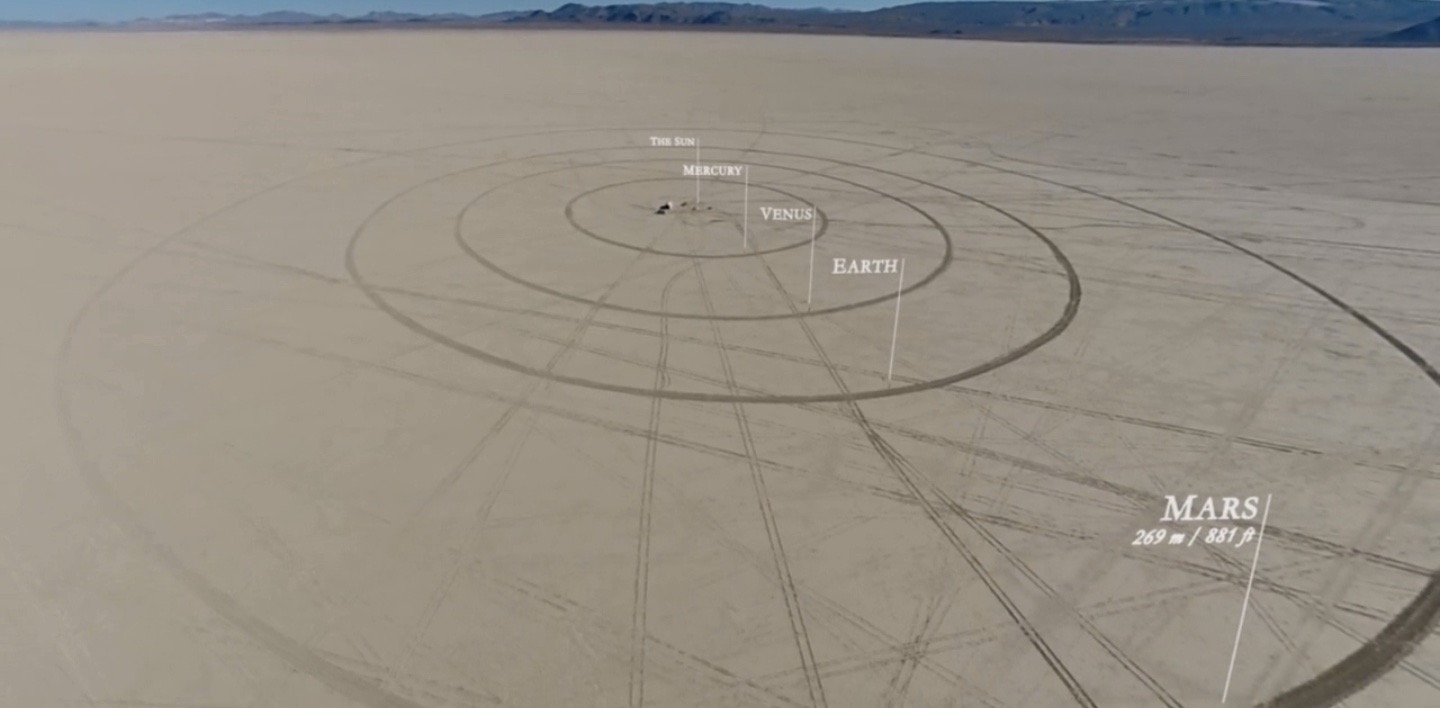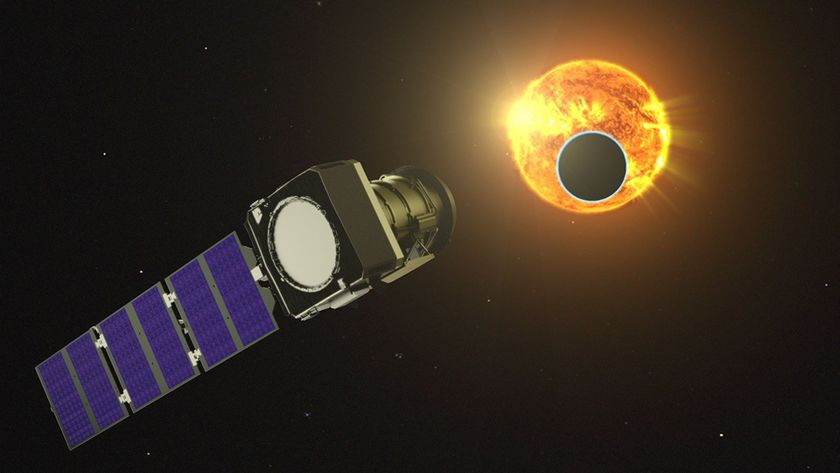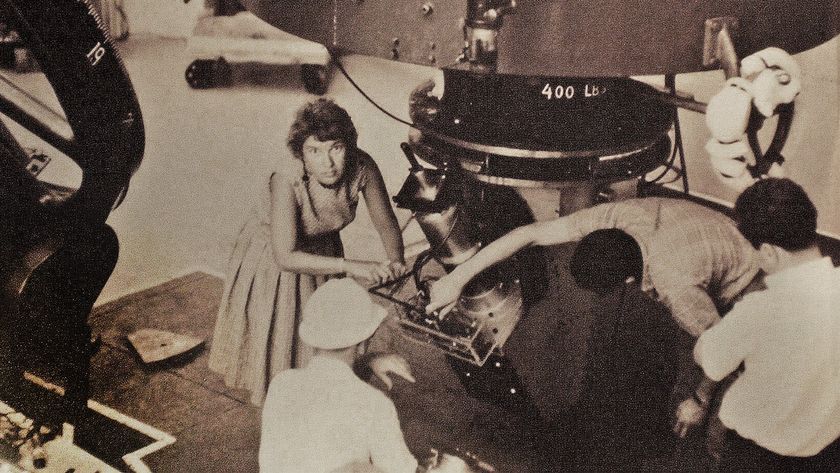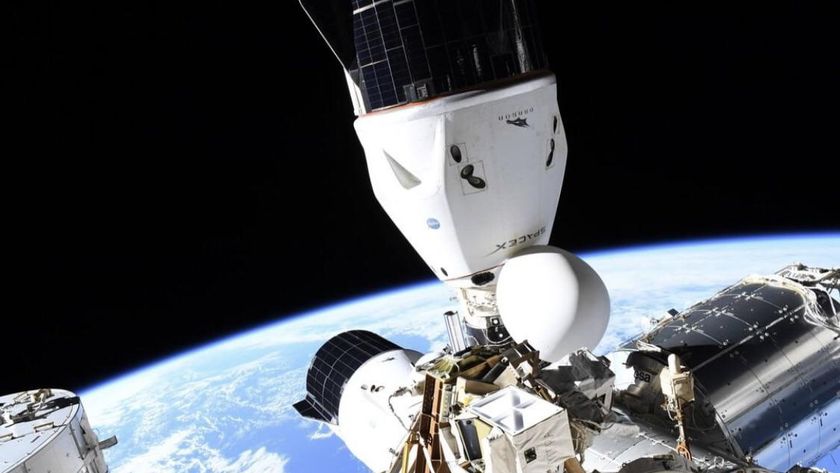
If Earth were as small as a marble, the solar system out to Neptune would cover an area the size of San Francisco — and that's just in two dimensions.
That point is driven home by a new video called "To Scale: The Solar System," which shows filmmakers Wylie Overstreet and Alex Gorosh, along with a few of their friends, building a size-accurate model of our cosmic backyard in Nevada's Black Rock Desert.
The project aims to provide a rare piece of perspective about Earth's neighborhood, team members said. [Solar System to Scale in the Desert: How They Did It (Video)]
"If you put the orbits to scale on a piece of paper, the planets become microscopic, and you won't be able to see them," Overstreet says in the 7-minute video, which has been viewed more than 1.4 million times since it was posted on YouTube Sept. 16. "There is literally not an image that adequately shows you what it actually looks like from out there. The only way to see a scale model of the solar system is to build one."
So that's what Overstreet, Gorosh and the rest of the group decided to do. They constructed their miniature solar system on a sunbaked playa in the Black Rock Desert (where the Burning Man festival is held every summer) over the course of 36 hours, marking out the planets' orbits by dragging sections of chain-link fence behind a vehicle.
The sun at the center of this newly constructed solar system is about 5 feet (1.5 meters) wide. Mercury sits 224 feet (68 m) away from our star, while Venus, Earth and Mars lie 447 feet (120 m), 579 feet (176 m) and 881 (269 m) from the sun, respectively.
Jupiter is considerably more distant at 0.57 miles (0.92 kilometers), while Saturn and Uranus lie 1.1 miles (1.7 km) and 2.1 miles (3.4 km) from the sun. Neptune's orbit represents the outer limit of this minisystem, at 3.5 miles (5.6 km) away. (The team did not stake out the orbit of the dwarf planet Pluto or any other objects in the Kuiper Belt, which lies beyond Neptune.)
Get the Space.com Newsletter
Breaking space news, the latest updates on rocket launches, skywatching events and more!
Overstreet, Gorosh and their friends used a drone to capture aerial footage of the project. "To Scale: The Solar System" also features stunning timelapse video in which moving lights trace out the orbits of the planets on the playa. This latter footage was shot at night from a nearby mountaintop while a vehicle equipped with a bright light circled the "sun" on the playa below.
Well, "equipped" is probably too fancy a word, since team member Ramsey Meyer simply held the light out the window during these long, looping drives.
"It was great fun. It was also hard work at times," Meyer told Space.com via email. "The shooting schedule was very aggressive — a total of 36 hours in the desert, with only five people there to help — and the weather didn't fully cooperate, being cloudier and colder than we would have liked."
Meyer said the team hopes "To Scale: The Solar System" leaves an impression beyond the eight circular tracks gouged into the dry lakebed.
"We all hope that it inspires thought and reflection — thought about science, about humanity, about our position in the galaxy and universe," Meyer said. "We hope that inspires people in the variety of ways people can be inspired."
You can watch "To Scale: The Solar System" on YouTube here: https://www.youtube.com/watch?v=zR3Igc3Rhfg
And you can learn more about Overstreet and Gorosh and their other projects at www.wylieoverstreet.com and www.alexgorosh.com.
Follow Mike Wall on Twitter @michaeldwall and Google+. Follow us @Spacedotcom, Facebook or Google+. Originally published on Space.com.
Join our Space Forums to keep talking space on the latest missions, night sky and more! And if you have a news tip, correction or comment, let us know at: community@space.com.

Michael Wall is a Senior Space Writer with Space.com and joined the team in 2010. He primarily covers exoplanets, spaceflight and military space, but has been known to dabble in the space art beat. His book about the search for alien life, "Out There," was published on Nov. 13, 2018. Before becoming a science writer, Michael worked as a herpetologist and wildlife biologist. He has a Ph.D. in evolutionary biology from the University of Sydney, Australia, a bachelor's degree from the University of Arizona, and a graduate certificate in science writing from the University of California, Santa Cruz. To find out what his latest project is, you can follow Michael on Twitter.


